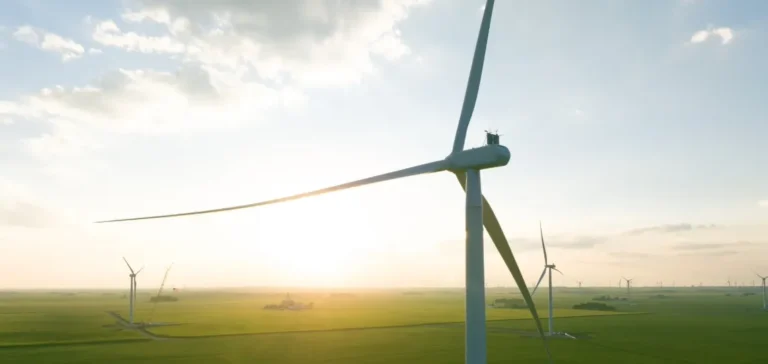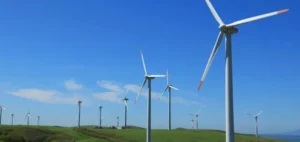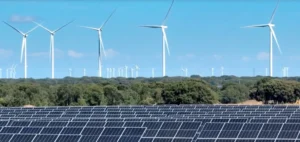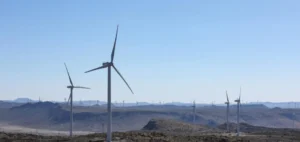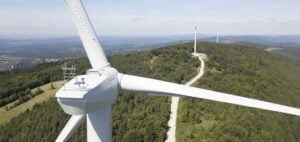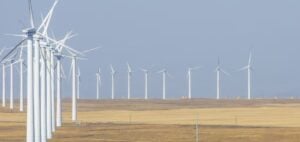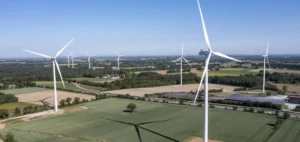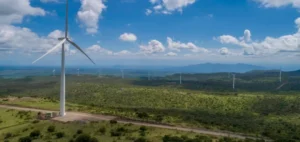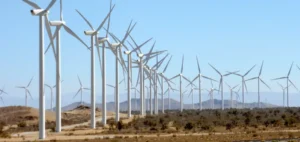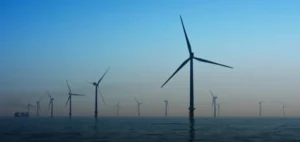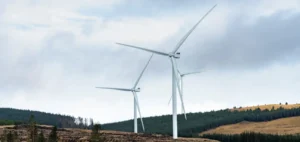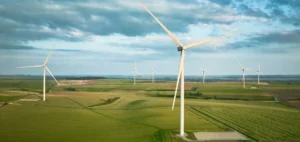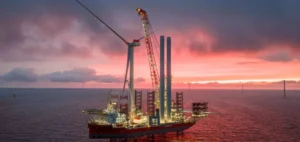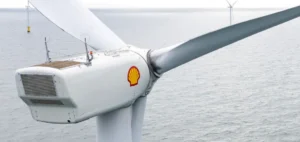bp plc confirmed it has reached an agreement to sell its entire US onshore wind business, held through its subsidiary BP Wind Energy North America Inc., to investment and operating firm LS Power. The transaction, for which financial terms were not disclosed, is part of bp’s broader strategy to divest non-core assets, with up to $4bn in sales targeted for 2025.
The divested portfolio includes 10 onshore wind farms across seven US states, with a total gross installed capacity of 1.7GW (1.3GW net to bp). Nine of these assets are currently operated by bp and are connected to the grid, supplying power to over 15 off-takers under existing agreements. All employees of bp Wind Energy are expected to transfer to LS Power upon completion.
Integration into Clearlight Energy’s portfolio
Once the transaction closes—expected by year-end pending regulatory approvals—the assets will be integrated into Clearlight Energy, an LS Power portfolio company. This will expand Clearlight’s total operating capacity to approximately 4.3GW, further reinforcing LS Power’s footprint in the North American renewable energy market.
LS Power currently manages a combined 21GW portfolio, including renewable generation, energy storage, flexible gas, and renewable fuel assets. The company also operates over 780 miles (1,255 km) of high-voltage transmission lines, with an additional 350 miles (563 km) under development or construction.
Refocusing strategy and targeted divestments
This sale is part of bp’s $20bn divestment programme aimed at simplifying operations. In its first-quarter 2025 results, the UK-based group revised its divestment target for the year to a range of $3bn to $4bn, with $1.5bn already signed or completed at that time.
William Lin, bp’s Executive Vice President for gas and low carbon energy, stated: “We have concluded that we are no longer the best owners to take this business forward.” He added that bp’s priority remains to “generate value” through targeted portfolio adjustments.
Paul Segal, Chief Executive Officer of LS Power, said the bp assets aligned with their approach to building “efficient and affordable” energy infrastructure. He noted that the well-located sites with “strongly structured contracts” offered growth potential in a market with rising demand.


